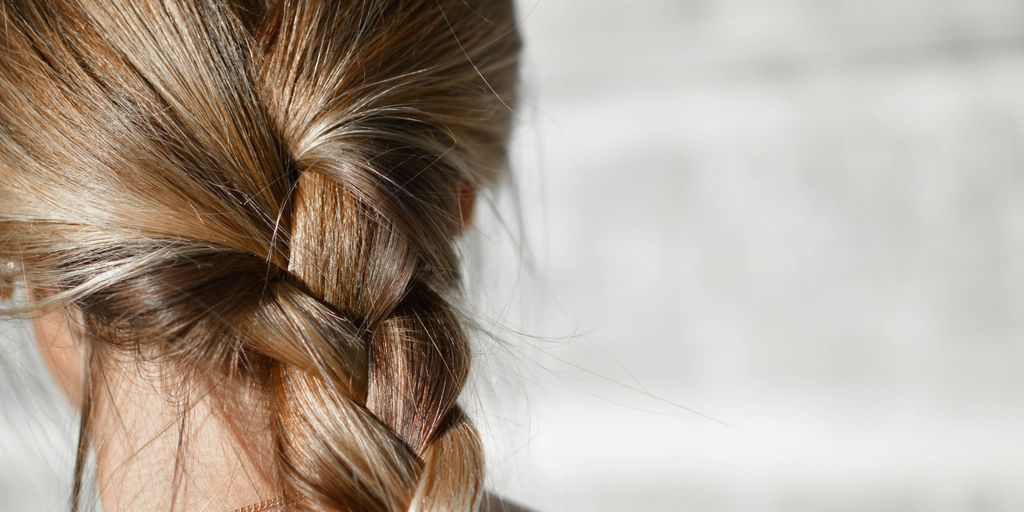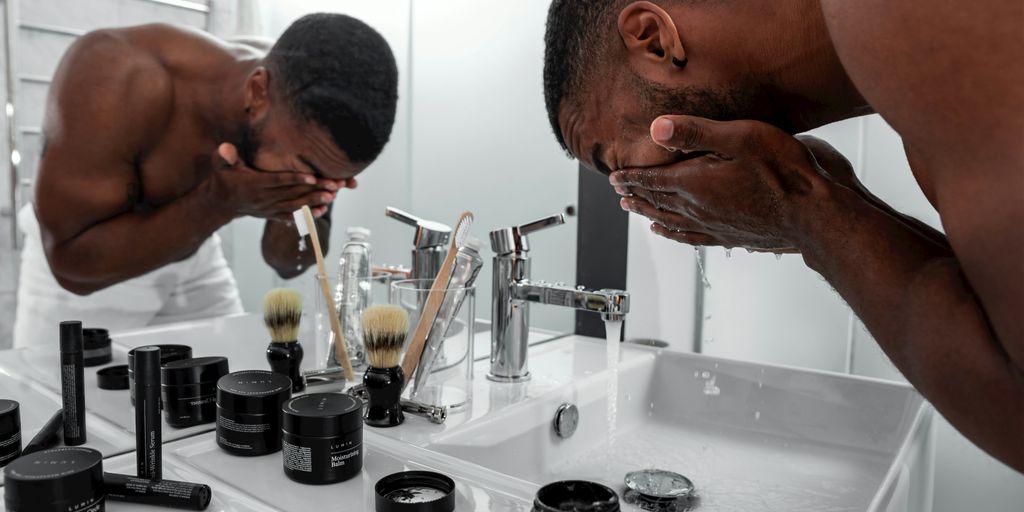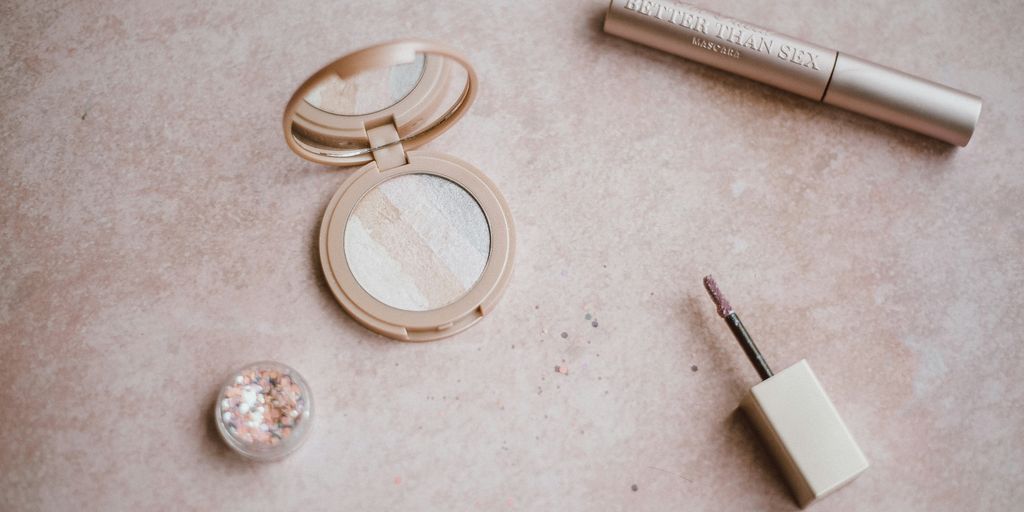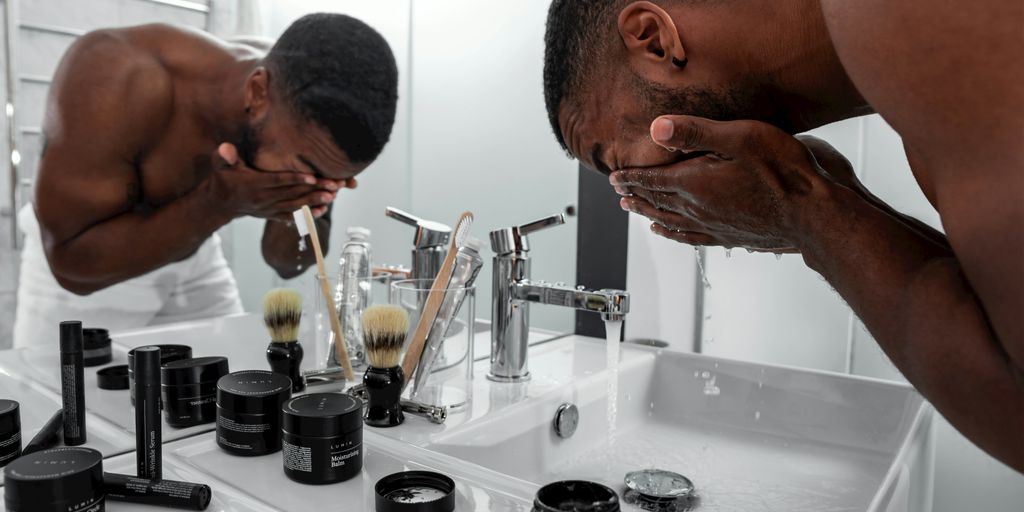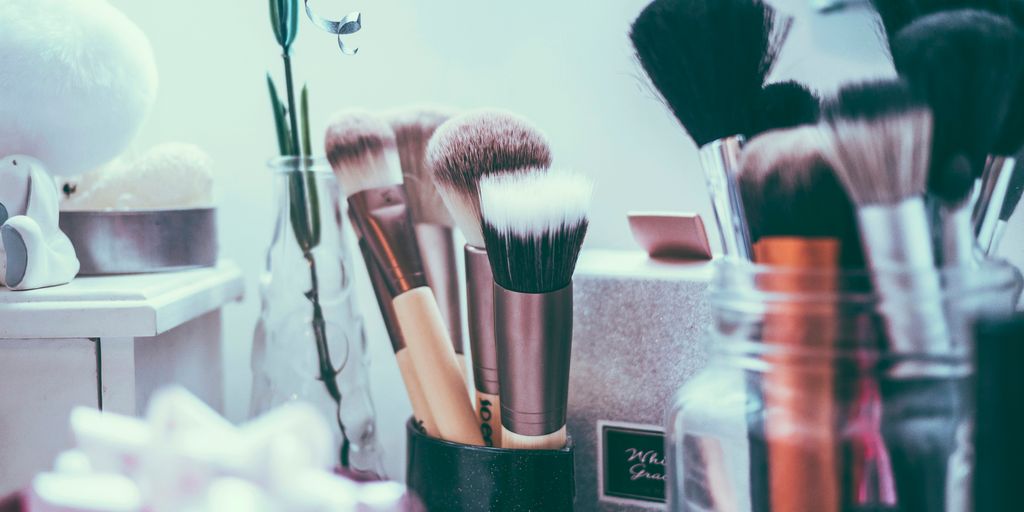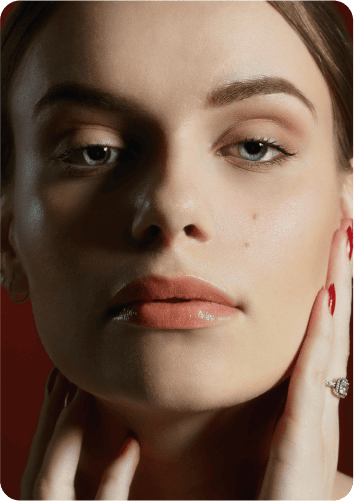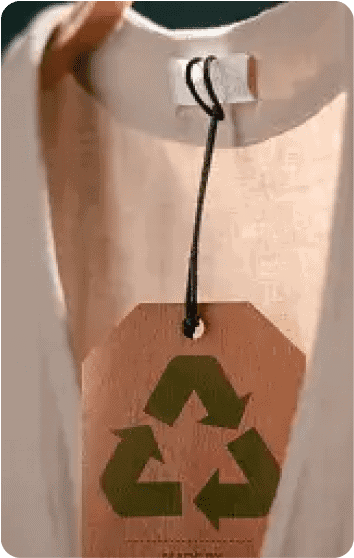In recent years, the beauty industry has seen a significant shift towards ethical practices, with many consumers eager to know whether their favorite brands are cruelty-free. Kerastase, a well-known name in hair care, often comes up in these discussions. So, is Kerastase cruelty free? In this article, we’ll explore the truth behind their animal testing policies, consumer reactions, and what it all means for those who care about ethical beauty choices in 2025.
Key Takeaways
- Kerastase’s official statements on animal testing raise questions about their cruelty-free status.
- Understanding cruelty-free standards is essential for consumers who want to make ethical choices.
- The global landscape of animal testing laws affects how brands operate, including Kerastase.
- Public sentiment on social media shows a growing demand for cruelty-free products.
- There are plenty of cruelty-free alternatives to Kerastase for consumers seeking ethical hair care.
Understanding Cruelty-Free Standards
What Does Cruelty-Free Mean?
Okay, so what does "cruelty-free" actually mean? It’s a term you see thrown around a lot, but it’s not always super clear. Basically, it means that a product wasn’t tested on animals at any stage of its development. This includes the ingredients, the finished product, and even tests done by the suppliers. It sounds simple, but there are a lot of nuances, which we’ll get into later. It’s not just about bunnies; it’s about a whole ethical approach to making stuff.
The Importance of Cruelty-Free Practices
Why should you even care about cruelty-free practices? Well, for starters, most people agree that causing unnecessary harm to animals is wrong. Beyond the ethical part, there’s also the fact that animal testing isn’t always the most reliable way to ensure product safety for humans. There are often better, more modern ways to test products. Plus, supporting cruelty-free brands sends a message to the whole industry that consumers want ethical products. It’s about voting with your wallet, really.
Here’s a few reasons why it’s important:
- Ethical considerations for animal welfare.
- The availability of alternative testing methods.
- Consumer demand for ethical products.
How Brands Are Evaluated for Cruelty-Free Status
So, how do you know if a brand is really cruelty-free? It’s not always easy. Some brands might claim to be cruelty-free, but they might still have loopholes in their policies. For example, they might not test on animals themselves, but their suppliers might. Or, they might sell their products in countries where animal testing is required by law.
To really evaluate a brand, you need to look at their entire supply chain and their testing policies. Certifications from organizations like Leaping Bunny or PETA can help, but it’s still good to do your own research. It’s all about being an informed consumer.
Kerastase’s Animal Testing Policy

Official Statements from Kerastase
Okay, so what’s Kerastase actually saying about animal testing? It can be tricky to get a straight answer, but let’s look at what they’ve put out there officially. Usually, brands will have a statement on their website or in their FAQs addressing this. These statements often highlight compliance with regulations in countries where testing might be required by law. It’s important to read these carefully, because sometimes the wording can be a little vague. They might say they "adhere to all local laws," which could mean they do test when required.
Current Testing Practices
Alright, digging a little deeper, what are Kerastase’s testing practices looking like right now? It’s not always super transparent, but here’s the deal:
- Do they test ingredients?
- Do they test finished products?
- Do third-party suppliers conduct testing?
These are the questions we need to ask. It’s common for brands to claim they don’t test on animals themselves, but what about their suppliers? Or what if they sell in a country where testing is mandatory? These details matter. If a brand sells in mainland China, for example, their products were historically subject to pre-market animal testing. While things are changing, it’s still a factor to consider.
It’s worth noting that some brands use alternative testing methods, like in vitro testing (using cells in a lab) or testing on human volunteers. These are generally considered more ethical options.
Comparison with Industry Standards
How does Kerastase stack up against other brands in the hair care world? Well, the industry is all over the place. Some brands are proudly certified cruelty-free by organizations like Leaping Bunny or PETA. Others are a bit more ambiguous. To get a sense of where Kerastase stands, it’s helpful to compare their policies and practices to those of brands known for their commitment to cruelty-free practices.
Here’s a quick comparison table:
| Brand | Cruelty-Free Certification | Sells in Mainland China | Animal Testing Policy |
|---|---|---|---|
| Brand A | Leaping Bunny | No | Strict no animal testing policy, including suppliers |
| Kerastase | Unknown | Yes | Vague, adheres to local laws |
| Brand C | PETA | No | No animal testing, vegan formulas |
This kind of comparison can give you a better idea of whether a brand is truly committed to being cruelty-free, or if they’re just paying lip service.
The Global Landscape of Animal Testing
Countries with Strict Animal Testing Laws
Okay, so when we talk about animal testing, it’s not the same everywhere. Some countries are way ahead of the curve. The European Union, for example, has banned animal testing for cosmetics. Other places like India, Israel, and even some parts of South America have similar rules. This means companies selling there can’t test new beauty products on animals, which is a big deal. It really changes how companies operate and pushes them to find other ways to make sure their stuff is safe. It’s not a perfect system, but it’s a start.
The Impact of Regulations on Brands
These regulations? They really shake things up for brands. Companies that used to rely on animal testing now have to get creative. They’re investing in alternative testing methods, like using human cell cultures or computer models. It can be expensive, but it also pushes innovation. Plus, brands have to decide if they’re willing to change their practices to sell in these countries. Some do, some don’t, and that choice can really affect their bottom line and how people see them. It’s a business decision, but it’s also an ethical one.
Consumer Awareness and Demand for Cruelty-Free Products
Consumers are way more clued in than they used to be. People actually care about where their products come from and how they’re made. Social media has made it easier to spread the word about brands that test on animals, and that can hurt a company’s reputation. More and more, people are looking for that little cruelty-free bunny logo and are willing to pay a bit more for products that align with their values. It’s not just a trend; it feels like a real shift in how people shop.
This growing awareness is putting pressure on companies to be more transparent about their practices. Consumers are demanding change, and brands that listen are more likely to succeed in the long run.
Here’s a quick look at how consumer choices are changing:
- Increased demand for certified cruelty-free products
- Boycotts of brands known to test on animals
- Growth of smaller, ethical beauty brands
Consumer Reactions to Kerastase’s Practices
Public Sentiment on Social Media
Social media is a huge place for people to share their thoughts on brands, and Kerastase is no exception. You can find a lot of different opinions out there. Some people really love Kerastase and swear by their products, posting about how it has transformed their hair. Others are more critical, especially when it comes to the brand’s animal testing policies. It’s common to see discussions about whether Kerastase is truly cruelty-free, with people sharing information and debating the brand’s practices. The overall sentiment is pretty mixed, reflecting the complexity of the issue.
Influencer Opinions and Advocacy
Influencers can have a big impact on what people think about a brand. Some beauty influencers actively promote cruelty-free products and call out brands that aren’t transparent about their testing practices. If an influencer who usually advocates for ethical brands reviews Kerastase, people pay attention. Their opinions can sway potential customers who are trying to make informed choices. It’s interesting to see how influencers navigate this space, balancing their partnerships with their values.
The Role of Reviews in Brand Reputation
Reviews are super important for any brand’s reputation. People often check reviews before buying something, especially when it comes to beauty products. Reviews can highlight both the good and bad aspects of Kerastase. For example, people might praise the quality of the products but also express concern about the animal testing policies. This feedback can really influence whether someone decides to buy Kerastase or look for an alternative. It’s all about transparency and trust.
It’s important for consumers to do their own research and consider all available information before making a purchase. Brand reputations are built over time, and reviews play a significant role in shaping consumer perceptions.
Alternatives to Kerastase for Ethical Consumers
If you’re seeking hair care that aligns with cruelty-free values, it’s good to know there are many excellent options available. It might take a little research, but finding brands that don’t test on animals is totally doable. Let’s explore some alternatives and how to make ethical choices.
Top Cruelty-Free Hair Care Brands
There’s a growing number of brands committed to ethical practices. Here are a few to consider:
- Rahua: Known for its use of sustainably sourced ingredients from the Amazon rainforest.
- Aveda: A well-known brand with a strong commitment to environmental responsibility and cruelty-free practices (though it’s worth noting their parent company isn’t fully cruelty-free).
- Acure: Offers a wide range of affordable and effective hair care products that are both vegan and cruelty-free.
- Pacifica: Another great option that’s easily accessible and offers a variety of fun and effective products.
How to Choose Ethical Products
Choosing ethical products involves more than just looking for a label. Here’s a simple guide:
- Look for Certifications: Certifications like Leaping Bunny or PETA’s cruelty-free logo are good indicators.
- Research the Brand: Check the brand’s website for their animal testing policy. If it’s unclear, reach out to them directly.
- Consider the Parent Company: Some brands might be cruelty-free, but their parent company might not be. This is a personal choice, but it’s good to be aware.
- Read Reviews: See what other consumers are saying about the brand’s ethics and practices.
The Benefits of Supporting Cruelty-Free Brands
Supporting cruelty-free brands has several positive impacts:
- Animal Welfare: You’re directly contributing to the reduction of animal suffering in the beauty industry. This is the most important benefit.
- Environmental Responsibility: Many cruelty-free brands also prioritize sustainable and eco-friendly practices.
- Supporting Innovation: Cruelty-free brands often invest in innovative, non-animal testing methods.
By choosing cruelty-free, you’re not only making a compassionate choice but also supporting a more sustainable and ethical beauty industry. It’s a win-win for everyone involved, including the animals.
The Future of Cruelty-Free Beauty
Trends in the Beauty Industry
The beauty industry is changing, and it’s happening fast. More and more, people want products that are good for them and good for the planet. Sustainability is no longer a niche concept; it’s becoming a core expectation. We’re seeing a rise in demand for transparency, with consumers wanting to know exactly what’s in their products and how they’re made. This shift is pushing brands to rethink their practices and invest in more ethical and sustainable approaches. It’s not just about avoiding animal testing anymore; it’s about the entire lifecycle of a product, from sourcing ingredients to packaging and disposal.
Innovations in Animal Testing Alternatives
Science is making huge strides in finding ways to test products without using animals. Cell-based assays, for example, use human cells to test the safety of ingredients. Computer modeling can also predict how a substance will react in the body. These methods are often faster, cheaper, and more accurate than traditional animal tests. Plus, they eliminate the ethical concerns associated with animal testing. Investment in these technologies is growing, and we can expect to see even more advanced alternatives in the coming years. It’s an exciting time for science and ethics in the beauty world.
The Role of Consumers in Driving Change
Consumers have the power to shape the future of the beauty industry. By choosing cruelty-free products, we send a clear message to brands that ethics matter. Social media has amplified this voice, allowing consumers to share information and hold companies accountable.
Every purchase is a vote. By supporting cruelty-free brands, we encourage others to adopt ethical practices. It’s a collective effort, and every individual choice makes a difference.
Here are some ways consumers can drive change:
- Actively seek out and purchase cruelty-free products.
- Share information about cruelty-free brands with friends and family.
- Use social media to advocate for ethical practices.
- Contact brands directly to ask about their animal testing policies.
How to Verify a Brand’s Cruelty-Free Status
Resources for Researching Brands
Finding out if a brand is truly cruelty-free can feel like detective work, but there are some great resources out there to help. Start with websites like Cruelty-Free Kitty, Ethical Elephant, and Leaping Bunny’s official site. These sites maintain lists of brands that meet specific cruelty-free criteria. They often update their lists regularly, so you’re getting the most current information. Also, don’t underestimate the power of a simple internet search. Type in "[Brand Name] cruelty-free status" and see what comes up. Look for official statements from the brand itself, as well as articles from reputable sources.
Understanding Certifications and Labels
Certifications and labels can be super helpful, but it’s important to know what they actually mean. The Leaping Bunny logo is probably the most well-known, and it means a third-party organization has verified that the brand doesn’t test on animals at any stage of production. Other certifications exist, but Leaping Bunny is generally considered the gold standard. Be wary of self-made labels or logos that aren’t backed by an independent organization. These can be misleading. Always do a little digging to understand the criteria behind any certification you see.
Tips for Making Informed Choices
Making informed choices about cruelty-free products is a process, but it gets easier with practice. Here are a few tips:
- Read ingredient lists: While this won’t tell you if a product was tested on animals, it can help you avoid ingredients derived from animals if that’s also important to you.
- Contact the brand directly: If you’re unsure about a brand’s cruelty-free status, reach out to them! Ask about their animal testing policy and whether they use third-party certifications.
- Support brands that are transparent: Brands that are open and honest about their practices are more likely to be truly cruelty-free.
It’s easy to feel overwhelmed when trying to shop ethically. Start small, focus on one product category at a time, and don’t be afraid to ask questions. Every conscious choice you make contributes to a more compassionate beauty industry.
To check if a brand is truly cruelty-free, start by looking for certifications from trusted organizations like Leaping Bunny or PETA. These groups have strict rules that brands must follow to earn their cruelty-free label. You can also visit the brand’s website to see if they provide clear information about their testing policies. If you’re unsure, reach out to the brand directly and ask them about their practices. For more tips on how to shop responsibly, visit our website!
Final Thoughts on Kerastase’s Cruelty-Free Status
So, after digging into Kerastase’s practices, it’s clear that the answer isn’t straightforward. They claim to be committed to ethical practices, but the reality is a bit murky. If you’re looking for a brand that’s completely cruelty-free, you might want to think twice about Kerastase. It’s always good to stay informed and make choices that align with your values. If animal welfare is a priority for you, there are plenty of other brands out there that are fully transparent about their cruelty-free status. At the end of the day, it’s about finding what works for you and your beliefs.
Frequently Asked Questions
What does it mean for a brand to be cruelty-free?
A cruelty-free brand is one that does not test its products on animals. This means they do not use animals to check if their products are safe or effective.
Why is cruelty-free important?
Cruelty-free practices are important because they help protect animals from harm. Many people believe that animals should not suffer for beauty products.
What is Kerastase’s stance on animal testing?
Kerastase has stated that they do not conduct animal testing. However, the details of their practices can sometimes be confusing.
How can consumers tell if a brand is truly cruelty-free?
Consumers can look for certifications from organizations that verify cruelty-free practices. They can also research brands online to find their testing policies.
Are there any popular alternatives to Kerastase that are cruelty-free?
Yes, there are many cruelty-free hair care brands available. Some popular ones include Aveda, Briogeo, and SheaMoisture.
How can I support cruelty-free brands?
You can support cruelty-free brands by choosing their products, spreading awareness about cruelty-free practices, and encouraging others to make ethical choices.
